Improper storage often leads to premature damage products. The temperature regime and the choice of the correct zone in the refrigerator are of particular importance.
"Take and do" tells on which shelves of the refrigerator and at what temperature should be stored products from eggs and milk to meat and vegetables. The correct location will help longer to preserve them fresh and minimize the risk of premature damage.
How to store ready-made food

The upper shelf is the warmest place in the refrigerator chamber. Here is a stable temperature with minimal differences, which is ideal for finished food and opened products. Put on the upper shelf of lunch residues, the contents of open cans, sliced meat, cheeses and other blanks. Place the products in a clean food container and close the lid tightly.
How to keep eggs
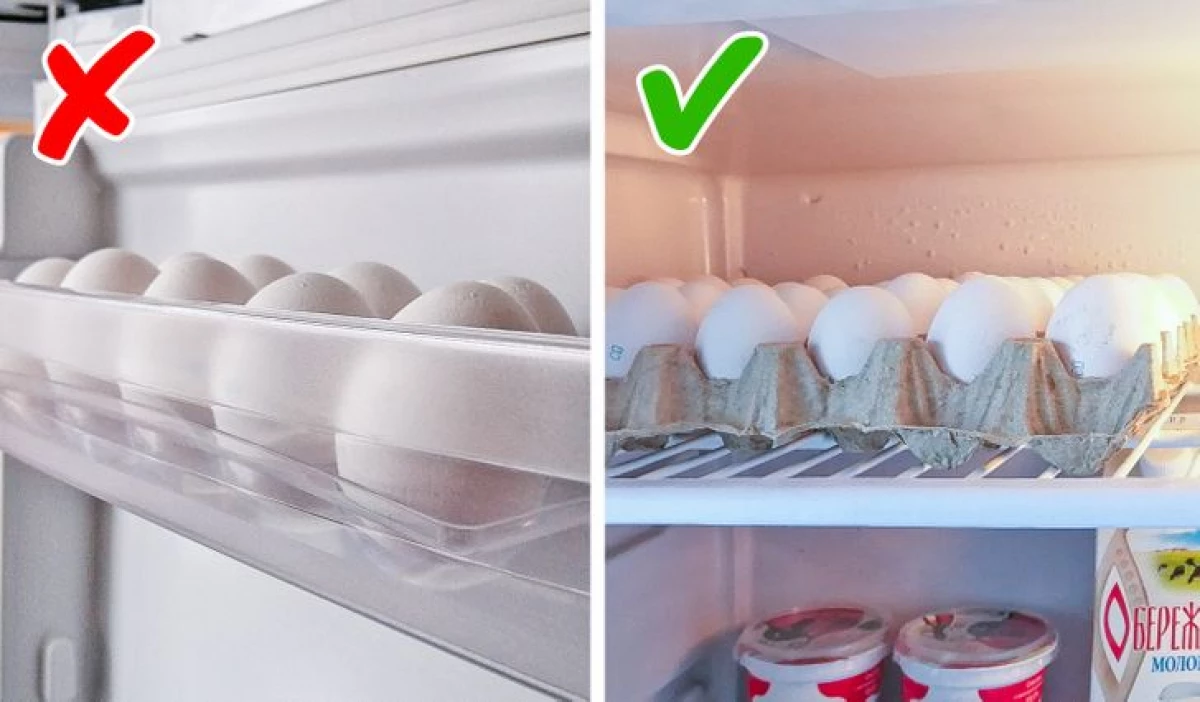
It seems logical to store eggs in a special container on the refrigerator door. But this is an incorrect decision. The product is exposed to temperature fluctuations each time you open and close the refrigerator. Better place the container with eggs into the bulk of the refrigerator, where the temperature fluctuates the least. For example, on the upper or middle shelf. Here eggs can be stored from 3 to 5 weeks.
How to store cheese
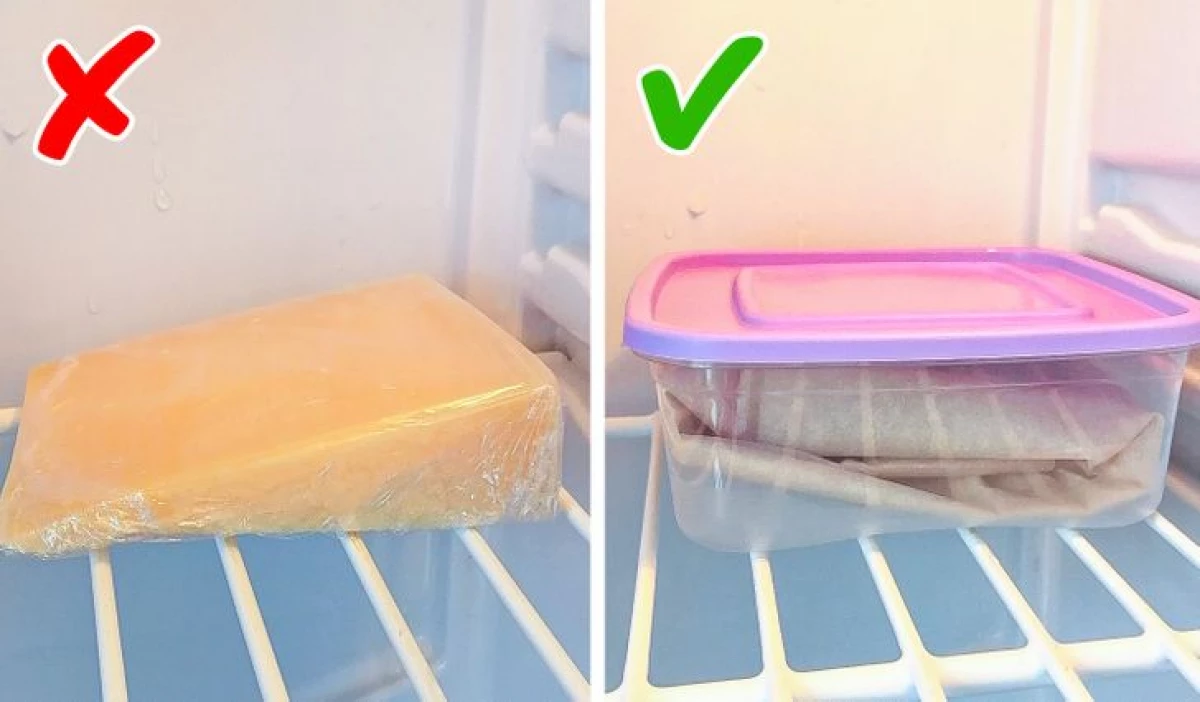
Keep cheese in the warm part of the refrigerator, where the temperature is 4-6 ° C. Such conditions are perfect 2 upper shelves, away from the freezer. Pre-wrap the cheese in the food parchment, and then put in a closed container or package. The brine cheese is used immediately after opening the package. But if surplus remained, place them in a plastic container, pour the brine from the package, close the lid tightly and also put on the upper shelf.
How to store dairy products
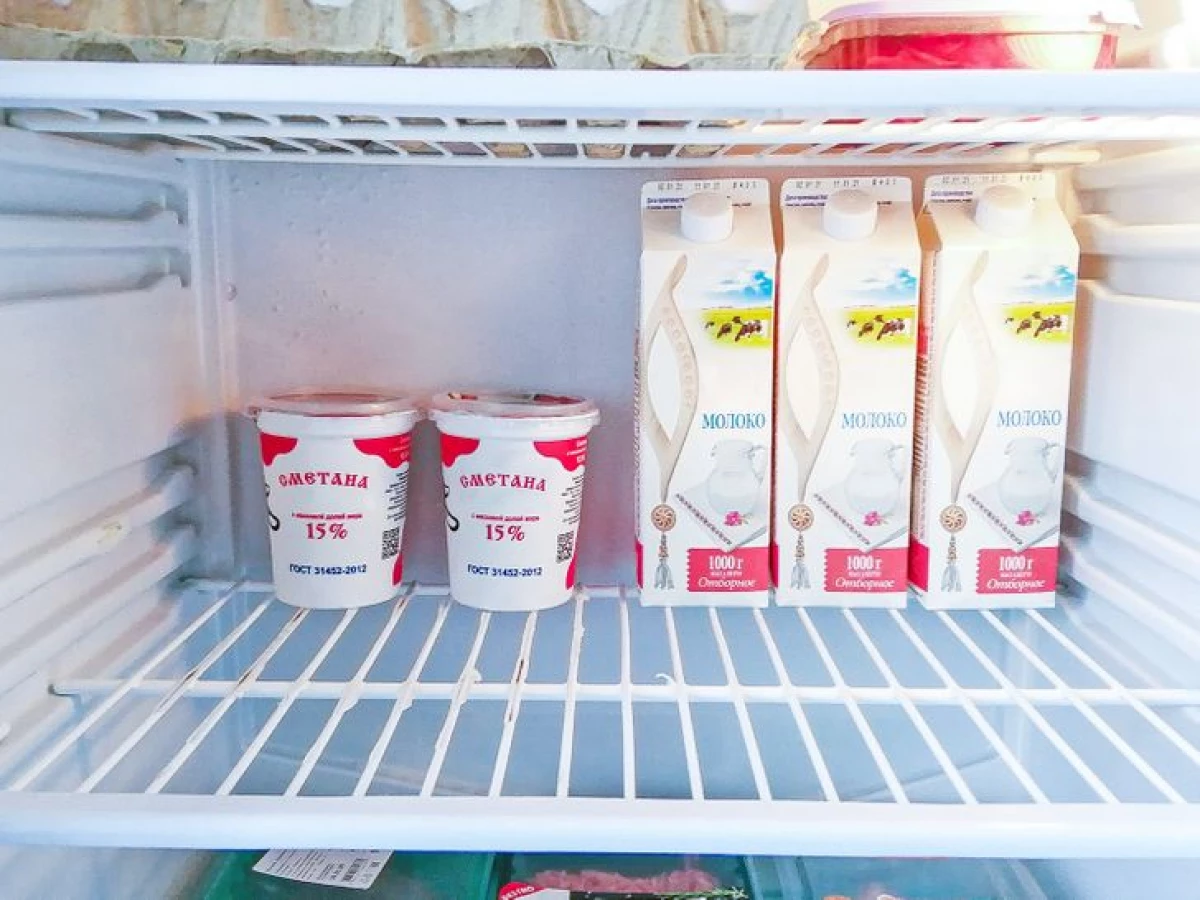
Keep milk, sour cream, cottage cheese, cream and other perishable dairy products on the medium or bottom shelf of the refrigerator, closer to the wall. So you provide the optimal storage temperature - 2-3 ° C. Like eggs, dairy products should not be stored in boxes on the refrigerator door. Permanent temperature differences negatively affect their quality and reduce the shelf life.
How to store meat, fish and bird
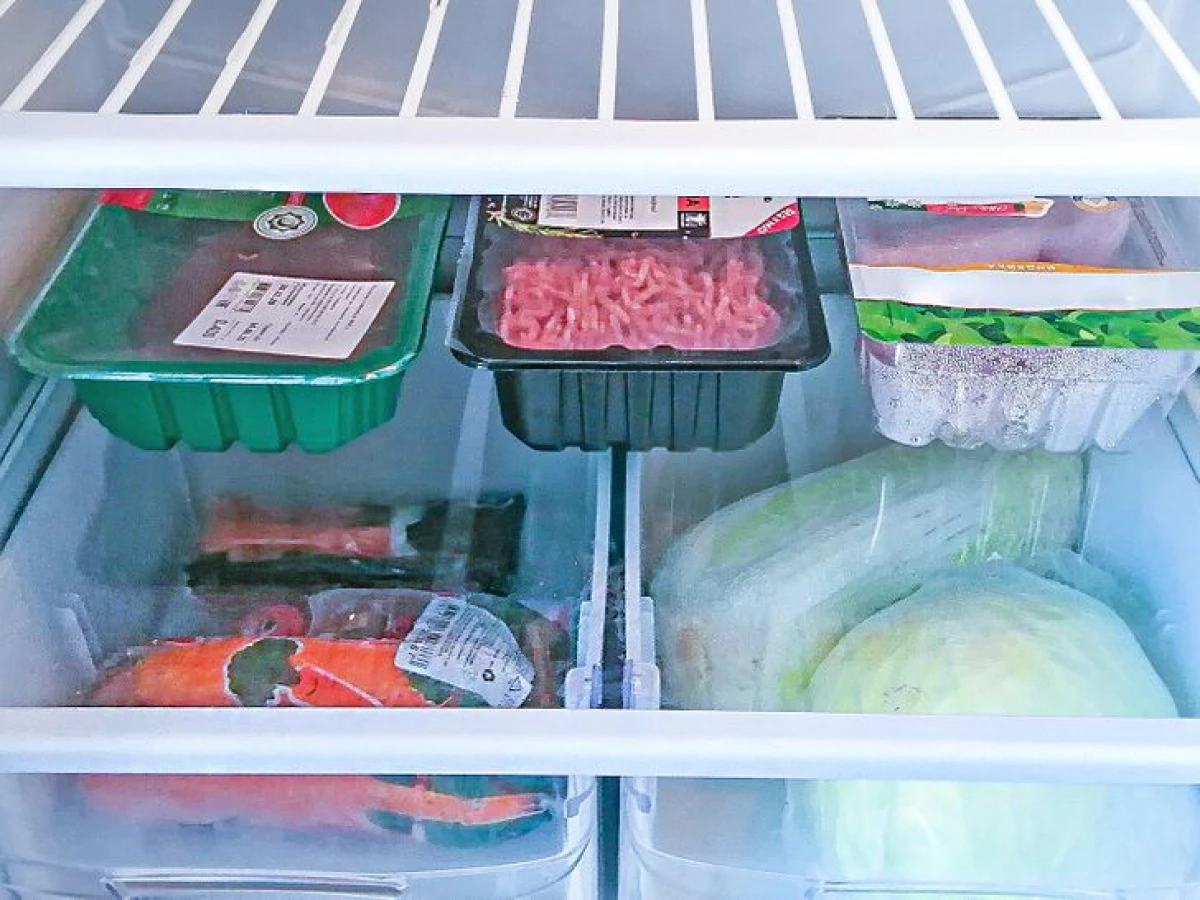
Meat, fish, bird and offal also store on the bottom shelf, closer to the wall. Usually this zone is located next to the freezer, which provides the lowest temperature in the refrigerator. Such conditions prevent the reproduction of bacteria and are ideal for storing raw meat and fish.
How to store vegetables and greens
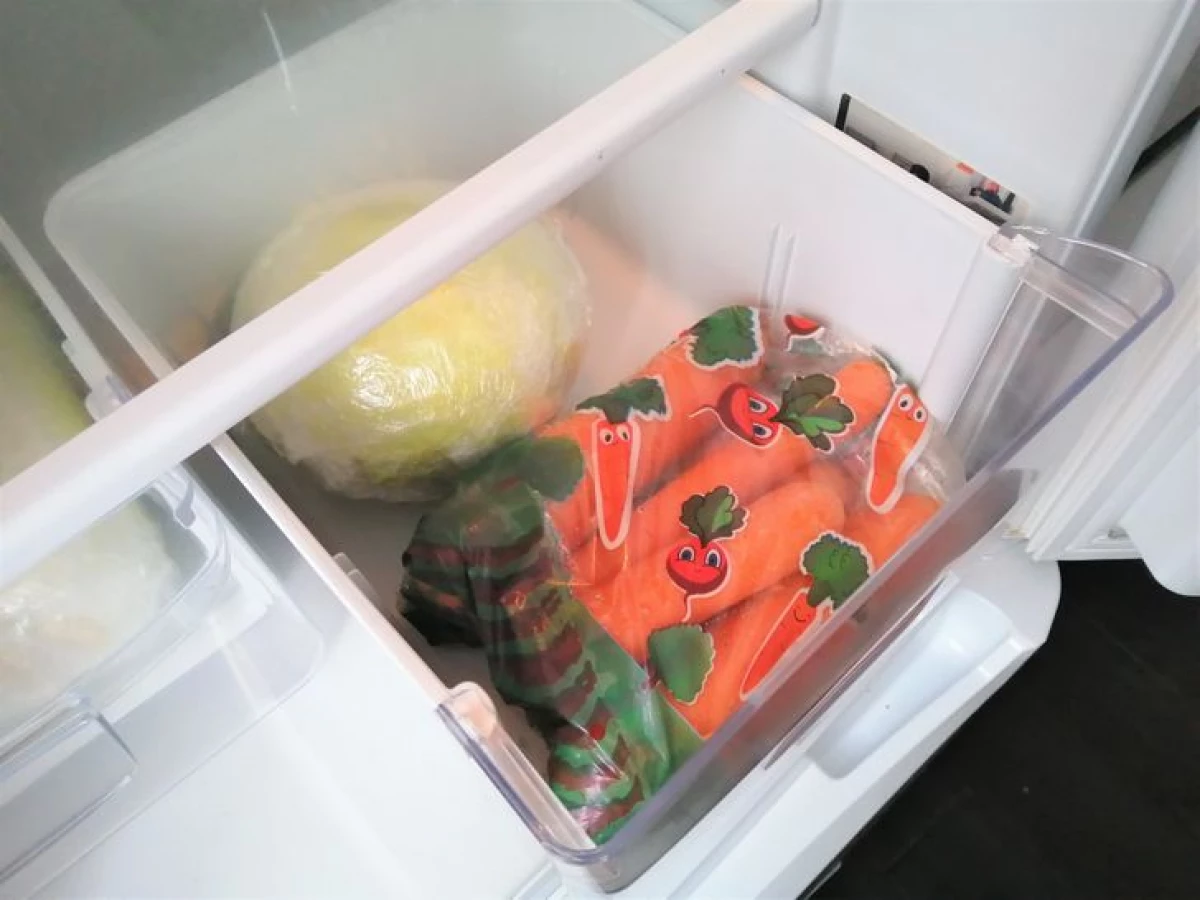
Most of the vegetables should not be stored in the refrigerator. Onions, garlic, potatoes and zucchini feel better in a cool dark place. For example, in the kitchen cabinet. And tomatoes are stored at the open shelf, away from the battery and sunlight. However, there are vegetables that are better sent to the refrigerator after purchase. For example, cabbage, carrots, beets and radishes. Keep them in a box for vegetables, wrapped in a package or food film. The mansion is greens and leafy vegetables. They should be sorted, rinse thoroughly, wrap in a wet paper towel and put in a plastic container or package. An exception is a basil that is stored at room temperature.
How to store sauces and drinks
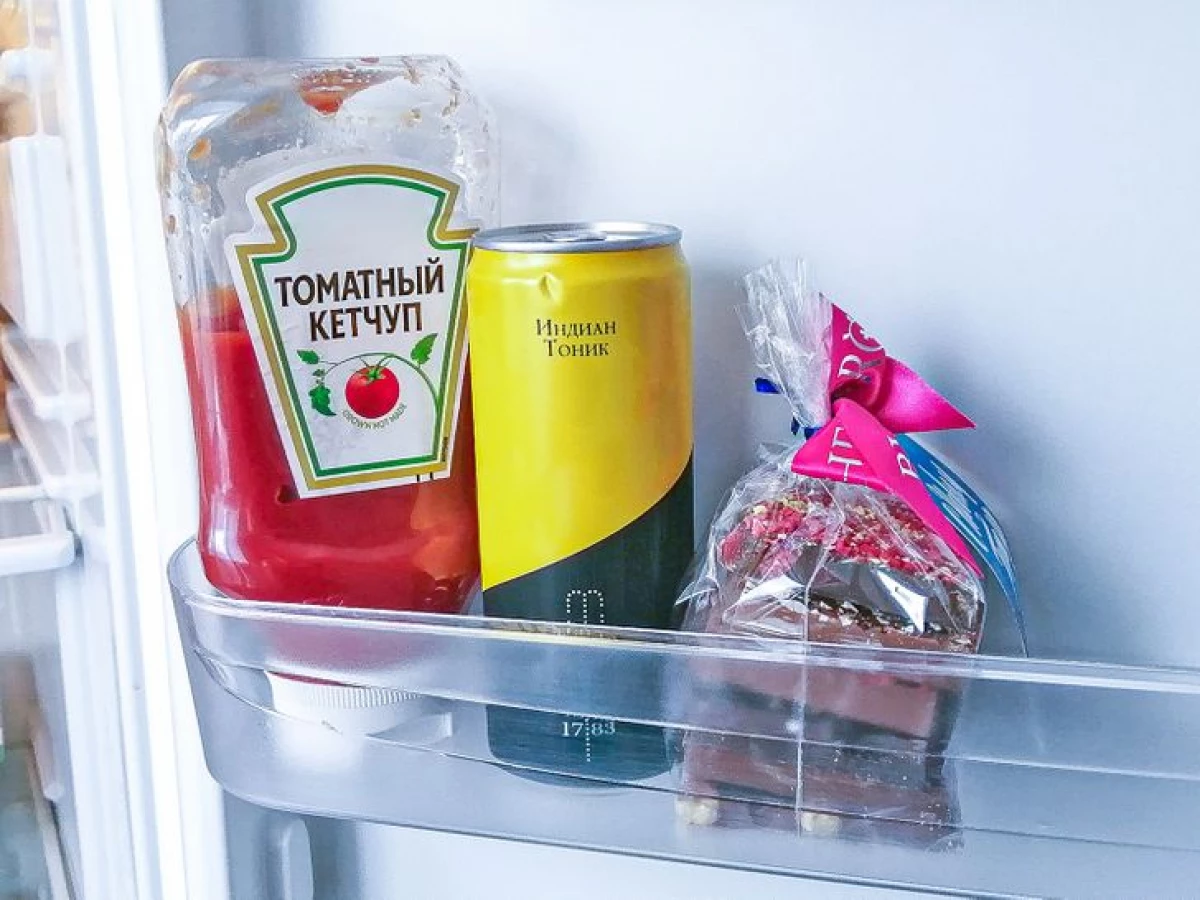
In the boxes on the door of the refrigerator, store products that do not harm the temperature drops. It can be sauces, jams, carbonated drinks, juices or drinking water. Here, on the side shelves, you can put a chocolate if you are afraid that it melts at room temperature.
Useful advice
- Keep track of the shelf life of the products and try to use them during the period specified on the package. For this, there are products with a little shelf life ahead, and with a large rear. So it will be easier for you to navigate what to put into the course first, and what to leave for later.
- Buy a set of containers with hermetic covers. They will be needed for storing the finished food, cheeses, cutting, greenery and products, which are desirable not to contact the rest of food. For example, meat and fish whose bacteria can continue to "jump" to the products close to them.
- Keep the fridge clean. Regularly rub the handles and the door inside and outside. Once every 3 months, lay out all the contents, turn off the refrigerator, remove the boxes and shelves and wash hot water with a small amount of detergent.
- Decorate the refrigerator 1 time per year or more often if the walls have already been covered with a thickness of more than 5 mm.
